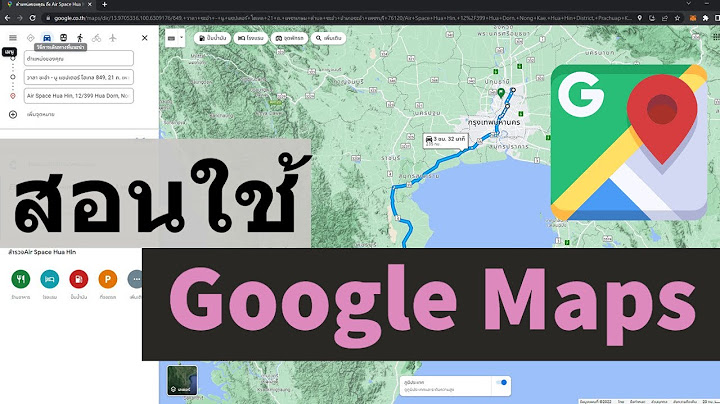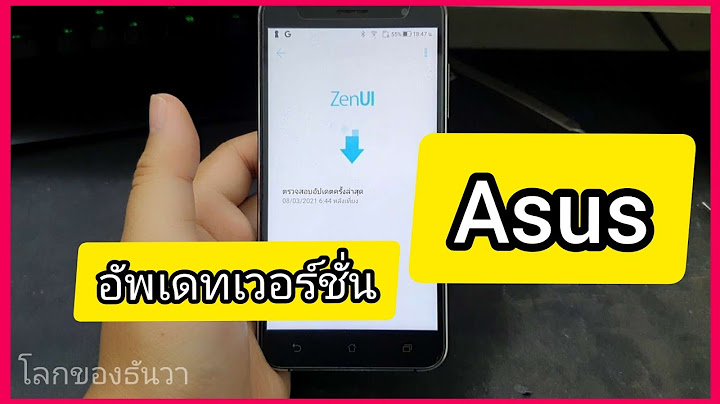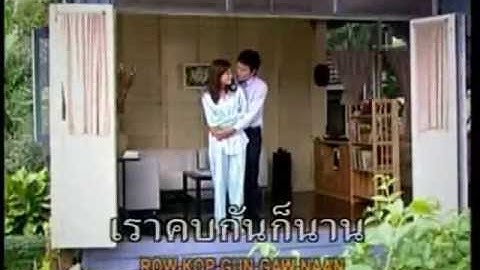ประโยคอดีตกาลต่อเนื่อง (Past Continuous)มีหลักการใช้ หรือจะใช้เพื่อสื่อสารเหตุการณ์ ดังต่อไปนี้
เพราะฉะนั้นก่อนที่เราจะเลือกใช้ Past continuous tense อย่าลืมกลับมาดูถึงหลักการใช้ว่าประโยคที่เราต้องการจะสื่อสารตรงกับหลักการข้อใดข้อหนึ่งหรือไม่ด้วยนะคะ วิธีการสร้างประโยค Past continuous tensewas/ were ใช้กับประธานที่ต่างกันออกไป ประโยคบอกเล่าwas ใช้กับประธานที่มี 1 เดียว เช่น I หรือชื่อคนๆ เดียว เช่น Miranda, Jose, Lilly เป็นต้น were ใช้กับประธานที่มีมากกว่า 1 เช่น classmates, security guards และสรรพนาม we, you, they เมื่อเราเลือก was/ were ได้ถูกต้องแล้ว เราต้องใส่-ing ที่คำกริยาต่อ เช่น
ประโยคปฏิเสธครูจิ๊บจะอธิบายวิธีการสร้างประโยคใน Past continuous tense ที่จำง่าย ๆ แบบนี้นะคะ เราสามารถเติมคำว่า not หลัง was/were ได้เลย โดยที่เราไม่ต้องใช้คำอื่นเข้ามาช่วยในการทำประโยคปฏิเสธที่กริยา เป็น was/ were Subject+ was/ were + not + V.ing เราลองมาดูตัวอย่างประโยคกันนะ
ข้อสังเกต รูปย่อของ was not/ were not สามารถใช้ได้ในภาษาพูด หรือภาษาที่ไม่เป็นทางการนะคะ was not= wasn’t / were not = weren’t ประโยคคำถามในการทำประโยคคำถามใน was/were เราจะต้องสลับตำแหน่งของประธานกับกริยา was/were เช่น Was/ Were + subject+ V.ing ? Wh-question + was/ were + subject+ V.ing? อย่าลืมสลับเอา was/ were มาไว้ก่อนหน้าประธานนะคะ
ข้อสังเกตเกี่ยวกับ Past Continuous Tense ภาษาอังกฤษมีข้อควรระวังอีกนิดใน Past continuous tense ในเรื่องของการเติม ing
dislike ไม่ชอบ know รู้ like ชอบ believe เชื่อ prefer ชอบมากกว่า hate เกลียด love รัก remember จำได้ recognise จำได้ wash หวัง want ต้องการ understand เข้าใจ suppose สมมติ think (ในกรณีที่แปลว่าเชื่อ) realize นึกขึ้นได้ appear ปรากฏ seem ดูเหมือน sound ฟังดู taste มีรสชาติ smell มีกลิ่น ดม look ดูเหมือน feel รู้สึก possess เป็นเจ้าของ belong เป็นของ be เป็น อยู่ คือ agree ตกลง owe เป็นหนี้ own เป็นเจ้าของ need ต้องการ disagree ไม่เห็นด้วย
make – making create – creating bake – baking type – typing shake – shaking smile – smiling come – coming dine – dining แต่กฎนี้ก็ยังมีข้อยกเว้น เพราะบางคำ เช่น free, dye, tiptoe ไม่ต้องตัด e เราเติม -ing ได้เลย free – freeing dye – dyeing tiptoe – tiptoeing flee – fleeing
เช่น run – running sit – sitting ship – shipping (sh = 1) plan – planning stop – stopping rub – rubbing wrap – wrapping beg – begging |

กระทู้ที่เกี่ยวข้อง
การโฆษณา
ข่าวล่าสุด
การโฆษณา
ผู้มีอำนาจ
การโฆษณา
ถูกกฎหมาย
ช่วย

ลิขสิทธิ์ © 2024 th.ketiadaan Inc.


















